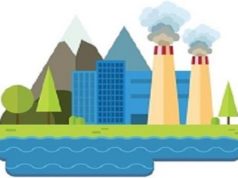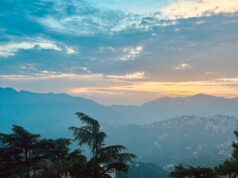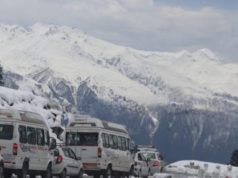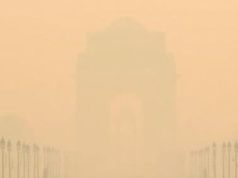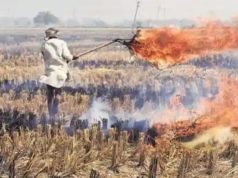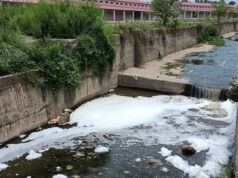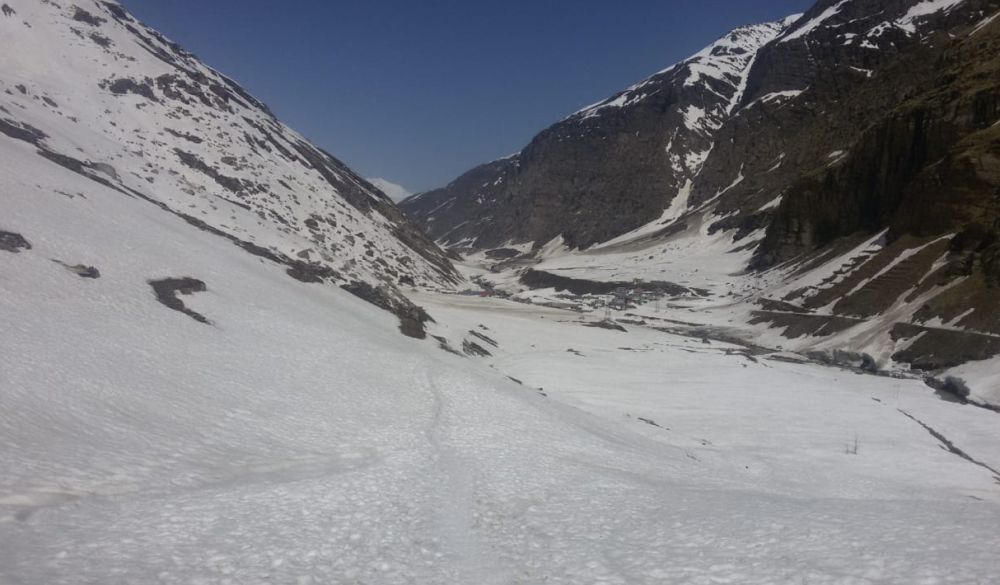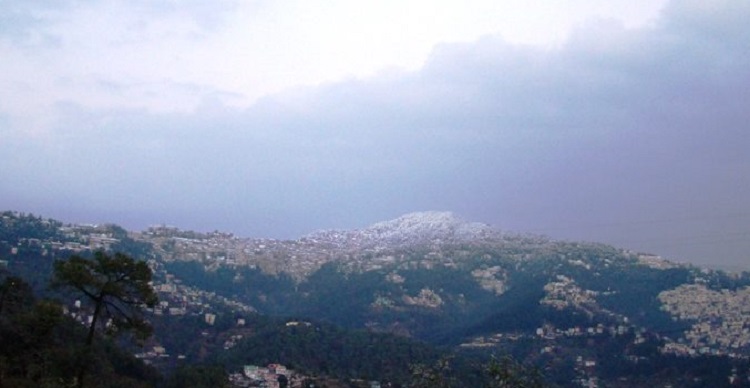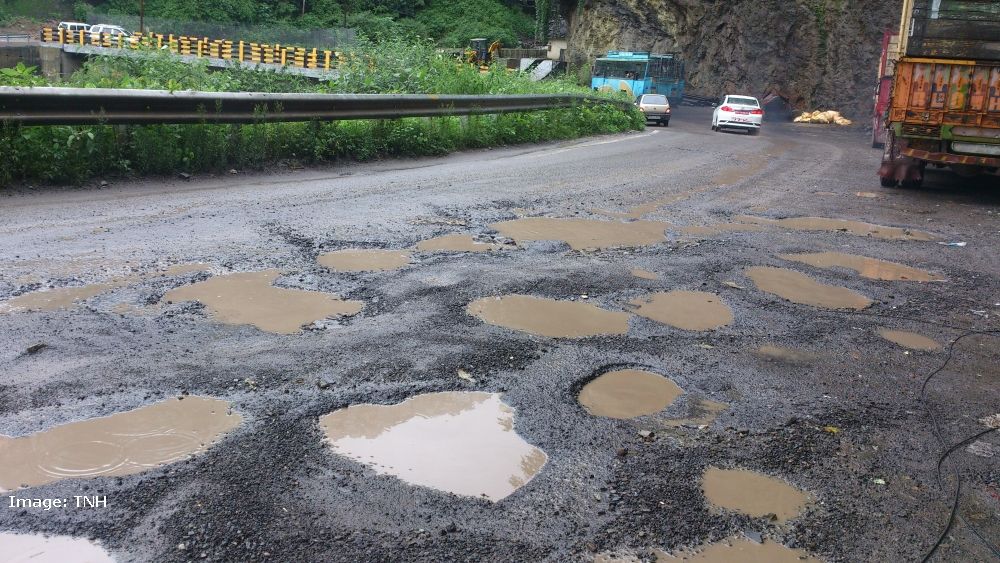Rohtang Pass has always captivated visitors with its breathtaking beauty. However, recent images of the pass have shed light on a growing concern – the detrimental effects of unregulated tourism. Ultra runner Sufiya Sufi recently shared before-and-after pictures of Rohtang Pass, highlighting the stark contrast between a clean environment and the litter-strewn aftermath following the pass’s opening to tourists.
Sufiya’s photo collage revealed the dramatic change that occurred within just two weeks. The “before” image showcased a pristine stretch of the pass, where Sufiya enjoyed her run without any signs of pollution. In contrast, the “after” image depicted a landscape marred by waste and debris, a direct consequence of tourist activity. Deeply concerned, Sufiya urged visitors to be responsible and carry their own trash when venturing into the mountains.
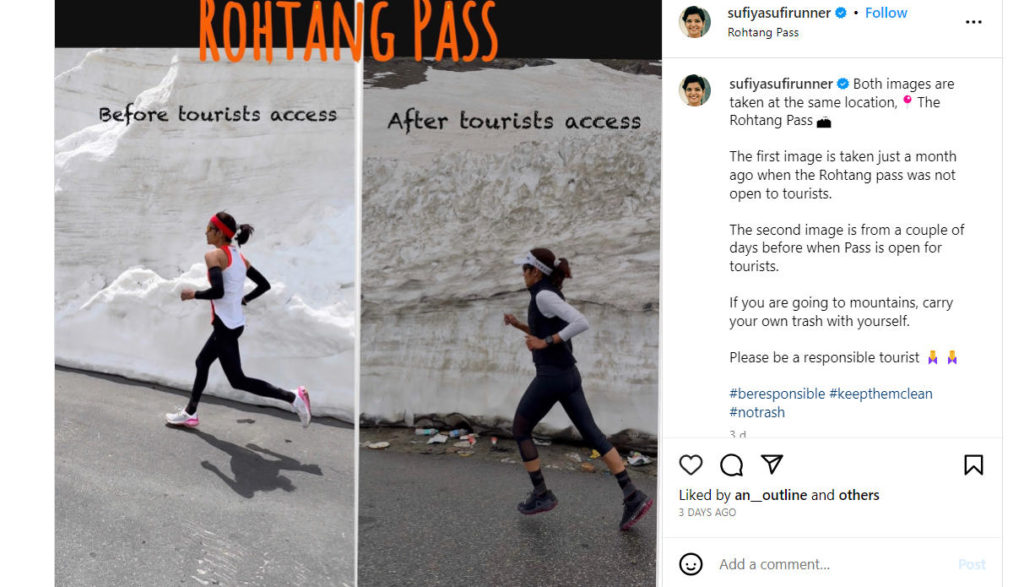
Sadly, this issue is not unique to Rohtang Pass. Thousands of vehicles, primarily carrying tourists, traverse the pass daily, leaving behind a trail of litter and polluting the snow that feeds the Beas River and its tributaries. The heavy influx of tourists and related activities has taken a toll on the fragile ecology and glaciers of Rohtang Pass. Carbon emissions have turned the once-pristine snow black, and the glaciers are rapidly receding, losing approximately 19-20 meters per year based on satellite imagery from 1986.
In 2015, a report by scientists Dr. J C Kuniyal and Kireet Kumar from the G B Pant Institute of Himalayan Environment and Development presented to the National Green Tribunal shed light on the primary sources of pollution in the area. Vehicular traffic, fuel burning, open waste burning, forest fires, and human interference were identified as major contributors, exacerbating the problem of indiscriminate waste disposal. The report also highlighted erratic river flows, potentially linked to increased glacier melting. Observations showed reduced river flow in winter and increased flow in summer compared to historical records.
Black carbon and high aerosol optical depth were also identified in the region. Additionally, in 2012, particulate matter (PM) levels exceeded prescribed limits, particularly during the tourist season. The report emphasized the adverse impacts of mass tourism on the environment and ecology.
In response to these alarming findings, the National Green Tribunal implemented restrictions on vehicular access to Rohtang Pass. These measures aimed to curb pollution and protect the delicate ecosystem. However, despite such interventions, the situation remains precarious.
Rohtang Pass serves as a powerful reminder of the urgent need for sustainable and responsible tourism practices. It is imperative for tourists and local authorities to work hand in hand to preserve the natural beauty and ecological balance of this iconic destination. Only through collective efforts can we ensure that future generations have the opportunity to experience the untouched splendour of Rohtang Pass.



